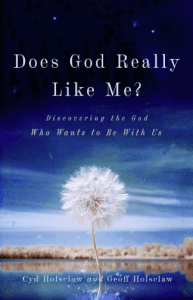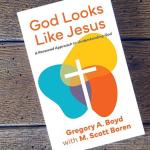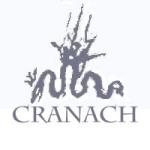I was once speaking to an audience of students and professors when a respondent suggested something I had said was “pietistic.” I reacted viscerally to it because for the respondent “pietism” was a slur and evoked such things as individualism, legalism, experientialism, lack of sound theology, and anti-intellectualism, while that respondent thought he was an example of biblical theology and genuine Reformation theology.
It is so easy to stigmatize a group in the way a term is used. Pietism is one of those terms being used by some as a way of calling into question the sufficiency of one’s Christian orientation.
Is Pietism a completion of the Reformation or a distraction? Where do we find Pietism today?
Which all raises the question of what pietism is…
… but before I get there two more ideas. I teach at North Park University, NPU is connected to the Evangelical Covenant Church, the ECC is overtly connected to the Pietism of European Christianity and many draw much of their faith orientation from the likes of Philip Jakob Spener, whose famous 1675 book Pia Desideria (Pious Desires/Wishes) really did set the table for Pietism. The second point I’d make is this: I didn’t appreciate being called a Pietist in part because my orientation is Anabaptism and not so much Pietism. Do they overlap? Of course, in a number of ways, but they are not the same. Not that I have anything against Pietism and in fact I embrace Pietism (as sketched below), so let me outline how Spener more or less sketched what Pietism was:
1. A commitment to the Word of God. (He proposed more attention to small groups!)
2. Spiritual priesthood: all Christians are priests and not just ministers. (He did not equate this with qualification for public ministries as on Sunday morning.)
3. Knowledge of the Christian faith is not enough; practice of the Christian faith is what matters. Love is the real mark.
4. Learn how to conduct ourselves better in public controversies, and here he was talking about theological debates among clergy and Christians in Germany among the Lutherans. He hoped for greater cooperation among Christians. So there is an ecumenical dimension to Pietism.
5. Converted and pious ministers — a necessity.
6. Teachers are to teach toward genuine conversion.
In its essence, Pietism is a Scripturally-sound convertive piety that seeks to reform the church beyond what the Reformation’s successors offered. In other words, Pietism (like Anabaptism) sought to complete the Reformation, and it is combined features of Lutheranism and Calvinism. It’s beginning point is right here: Genuine conversion as a work of God in the inner person leading to a kind of life that reflects that conversion in all ways.
Roger Olson, in his essay called “Pietism: Myths and Realities” (in The Pietist Impulse in Christianity, ed. by C.T. Collins Winn et al), sees a progression from an inner conversion into a devotional life marked by personal relationship with Christ and a commitment to holiness, prayer, devotional reading of the Bible, the cross as saving and as symbol for the Christian life, and evangelism. It is set over against baptismal regeneration, sacramentalism, creedalism, liturgical worship drained of feeling and emotion and the reduction of evangelism to social work. (See Olson, p. 7.)











